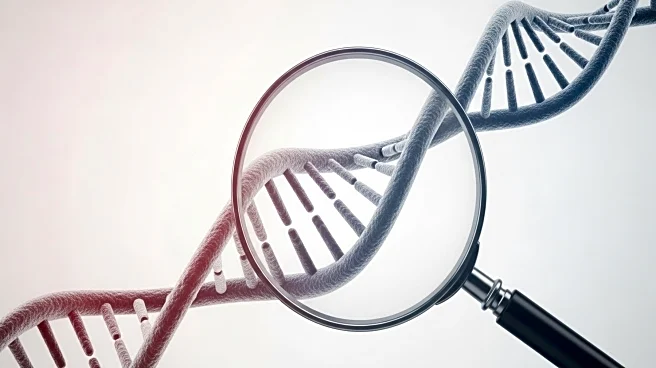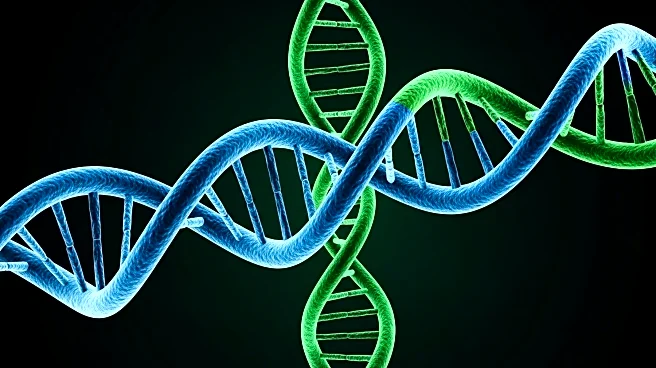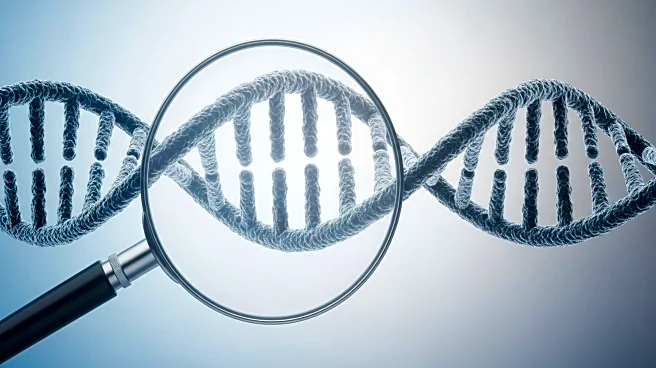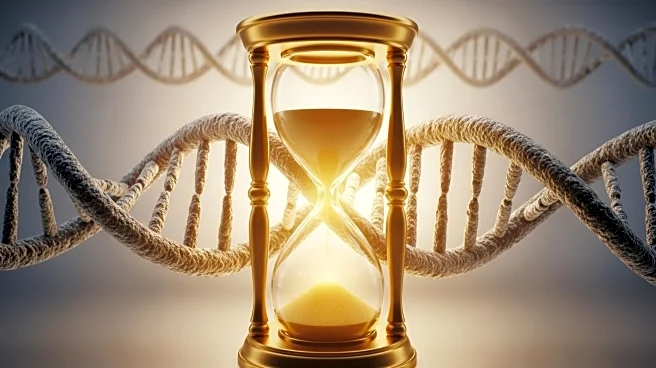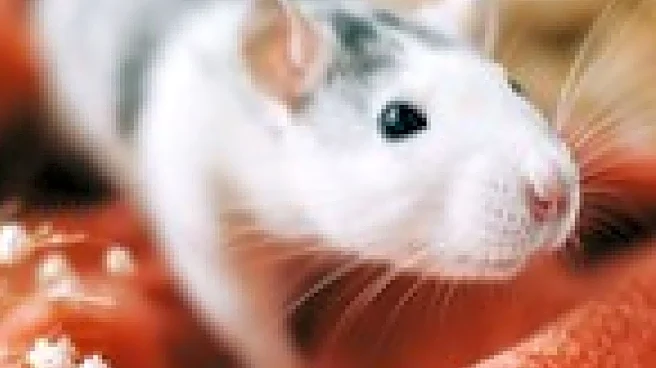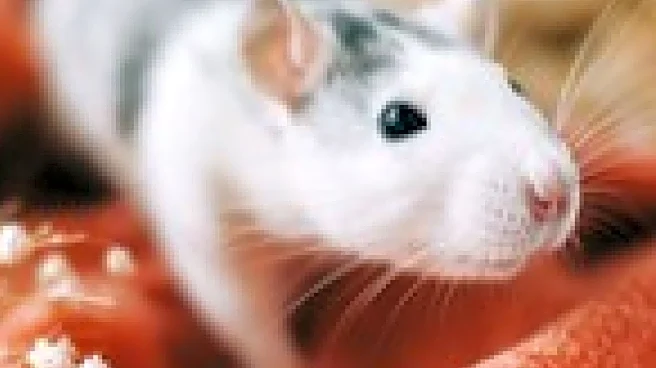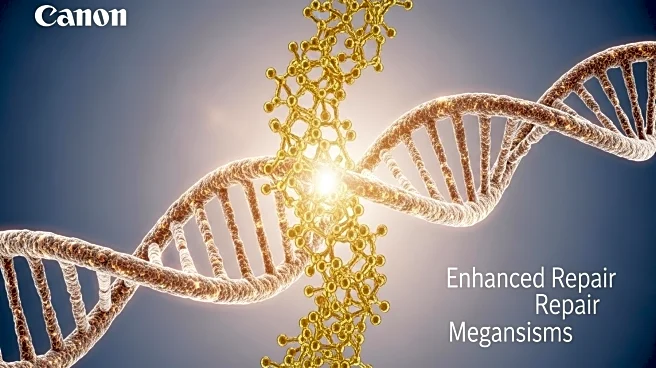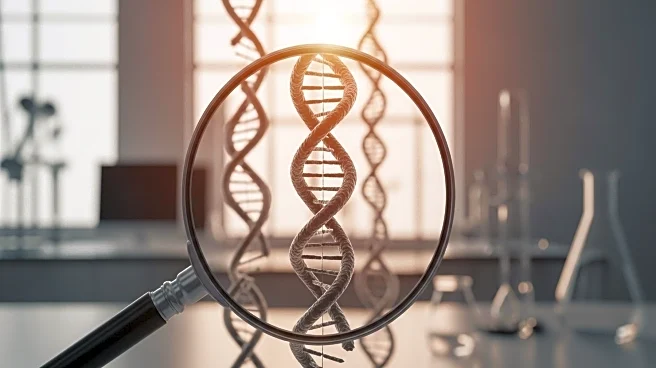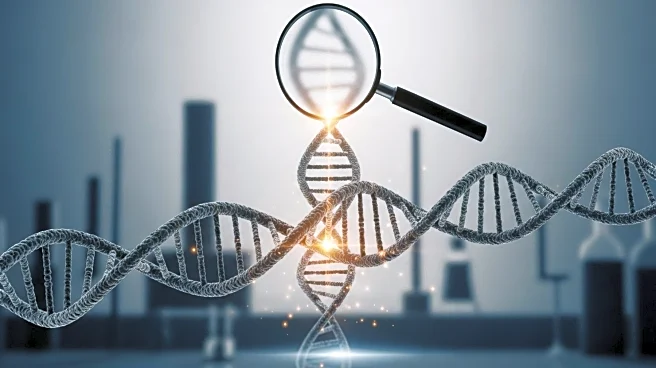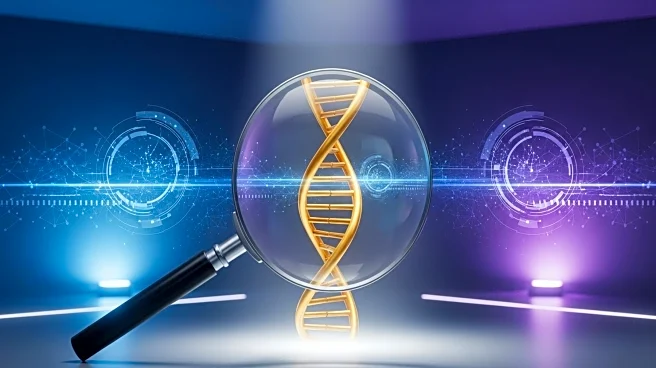What's Happening?
Recent research has uncovered genetic modifications in naked mole rats that may explain their unusually long lifespan of up to 30 years. The study, published in Science, reveals that changes to the enzyme cGAS enhance the mole rats' ability to repair genetic damage, a key factor in ageing. Unlike humans and mice, where cGAS suppresses DNA repair, the enzyme in naked mole rats remains active longer, facilitating effective DNA repair. This discovery positions naked mole rats as valuable models for studying ageing and longevity, given their genetic similarities to humans.
Why It's Important?
The findings from this research have significant implications for understanding the biological mechanisms of ageing. By identifying how naked mole rats maintain their DNA repair capabilities, scientists can explore potential applications for human health, particularly in combating age-related diseases and extending lifespan. The study contributes to the broader field of gerontology and offers insights that could lead to advancements in medical treatments for ageing populations. The research underscores the importance of studying unique animal models to uncover biological processes that may be applicable to human health.
What's Next?
The research on naked mole rats opens avenues for further studies into the genetic factors that contribute to longevity. Scientists may investigate how these findings can be translated into therapeutic strategies for humans, potentially leading to breakthroughs in age-related disease prevention and treatment. The study also encourages exploration of other animal models with unique ageing characteristics, expanding the scope of gerontological research. As researchers continue to unravel the complexities of ageing, the insights gained from naked mole rats could inform future developments in healthcare and longevity science.
Beyond the Headlines
The study of naked mole rats not only advances scientific understanding of ageing but also raises ethical considerations regarding genetic research and its applications. The potential to manipulate genetic factors for extended lifespan prompts discussions about the societal implications of such advancements. As scientists explore the boundaries of genetic research, considerations around accessibility, equity, and the impact on population dynamics become increasingly relevant. The research highlights the intersection of science, ethics, and public policy in the pursuit of extending human healthspan.

